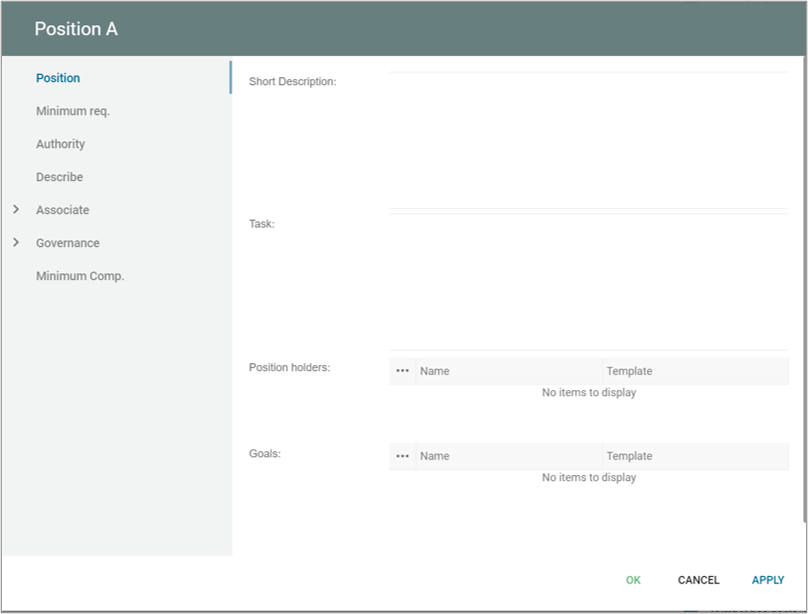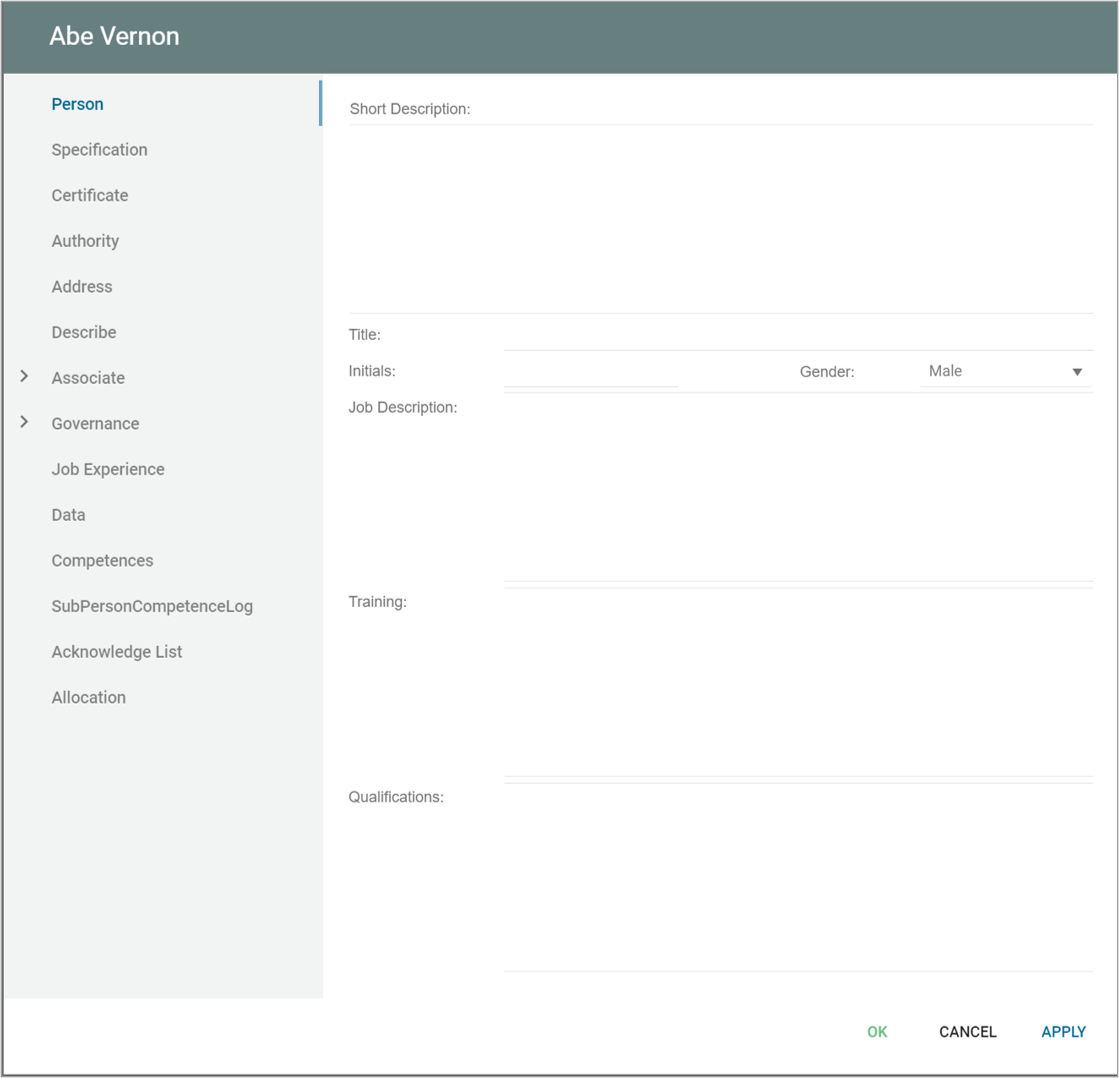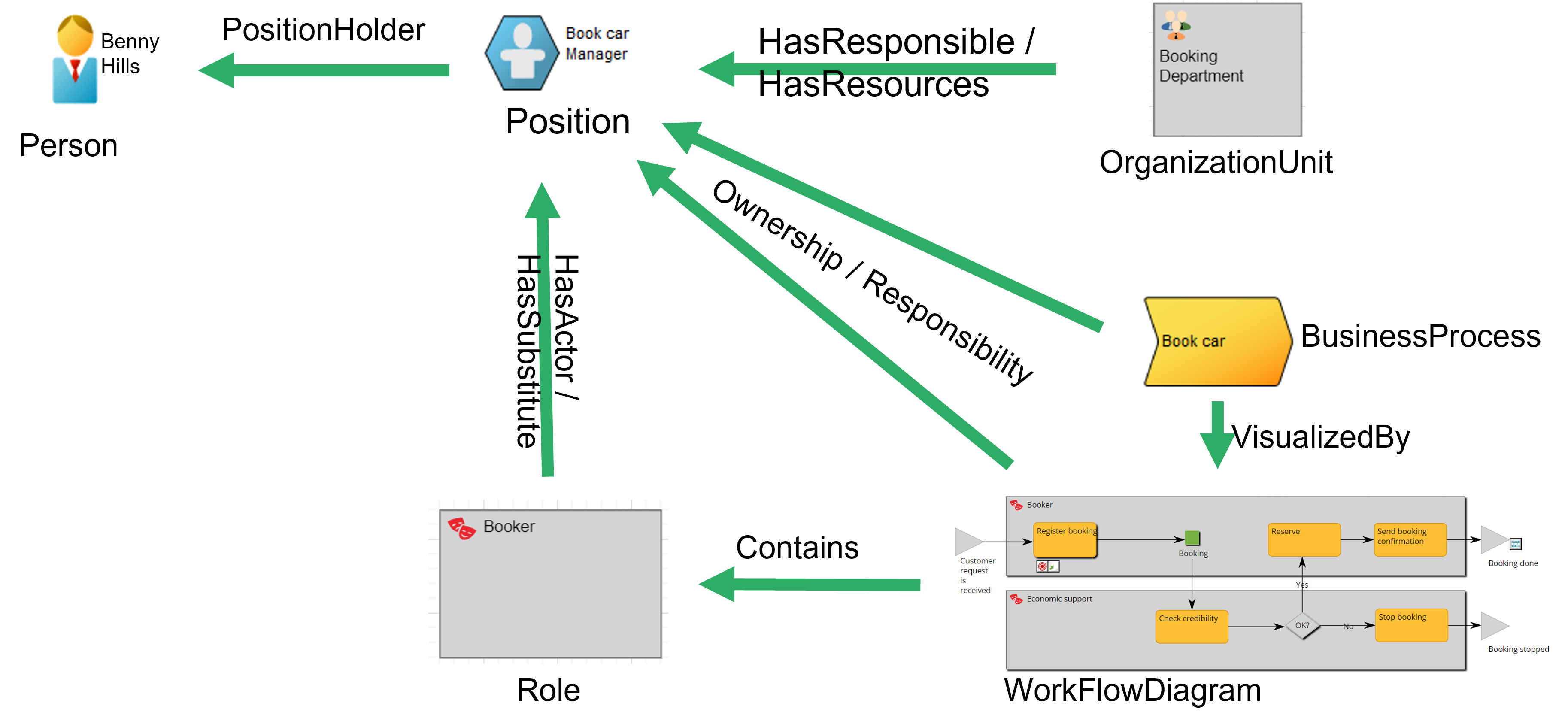The “Project” symbol typically represents a discrete initiative or effort that has a defined scope, budget, and timeline.
The Project symbol can be used to represent a wide variety of different types of projects, such as new product development, process improvement, IT system implementation, or organizational change. It can also be used to represent projects at different levels of scale, from small, departmental-level initiatives to large, enterprise-wide programs.



